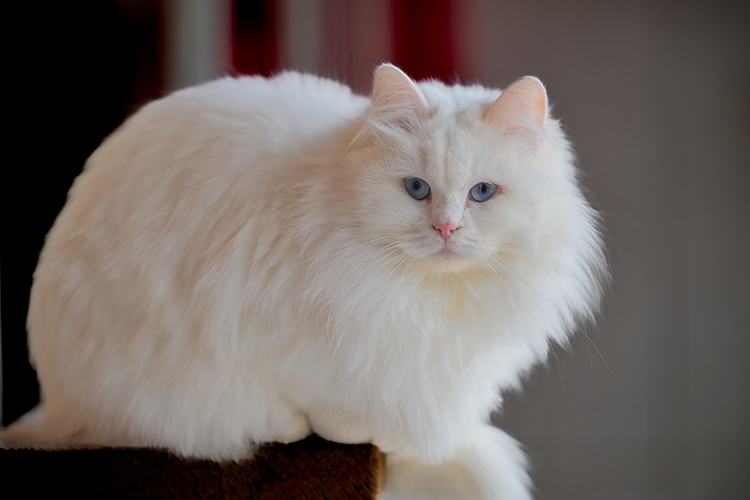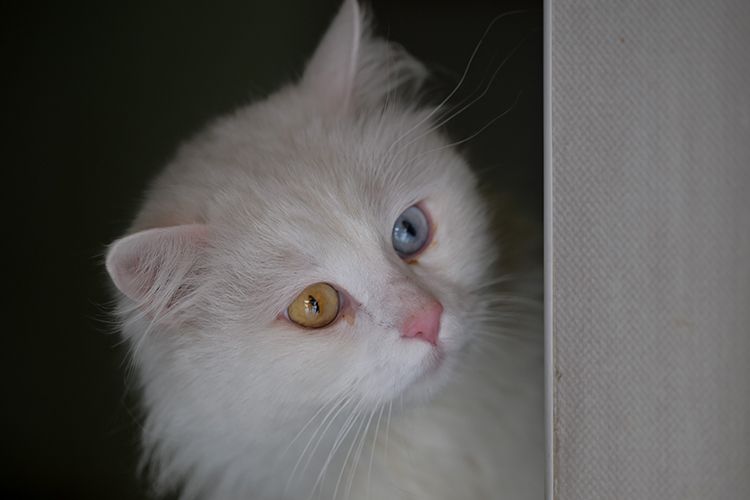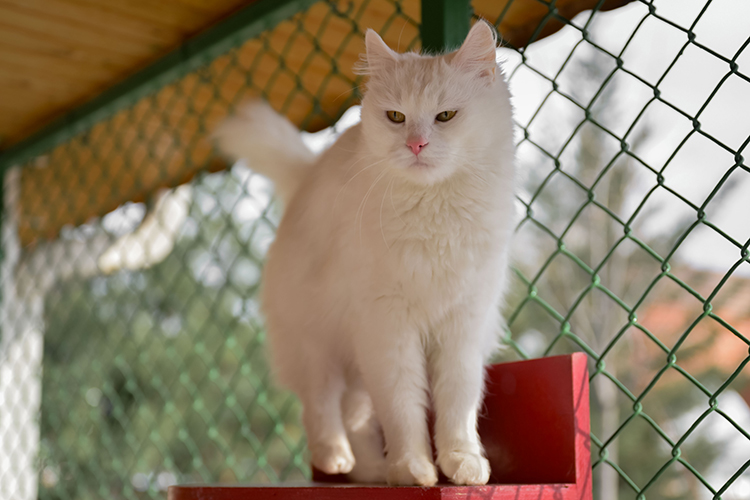
The Angora cat is an ancient, natural breed of domestic cats from central Anatolia, commonly known as the Ankara province in modern-day Türkiye. It has been documented since the 17th century and is considered a national treasure.
The Turkish breed cat became a matter of national pride when its population started to decline after crossbreeding with the Persian breeds. A breeding program was established at the Ankara Zoo, in the early 20th century, in order to preserve and protect the pure white Angora, specifically those with odd-colored eyes. For a long time, it was forbidden by Turkish law to export the white Turkish Angoras as they were valuable to Turkish heritage.
The Turkish Angora is further elevated by local legends and folklore. In Turkish folklore, these cats are believed to bring good luck, fortune, and prosperity to their owners, further enhancing their revered status.
The Turkish Angora is one of the oldest natural cat breeds, tracing back over 2,000 years to the Ankara region of Türkiye. It is believed to have descended from some of the first domesticated cats in the Fertile Crescent. The Turkish breed developed its signature long, silky coat due to a natural genetic mutation, which allowed it to thrive in the region's variable climate—staying cool in summer and warm in harsh winters.
The Turkish Angora is recognized as the original source of both the longhair gene and the dominant white gene in domestic cats. The longhair mutation spread throughout the local feline population, and the breed's iconic white coat became highly prized in Türkiye and abroad.
The Turkish Angora played a pivotal role in the creation of the modern Persian cat. In the 19th and early 20th centuries, Turkish Angoras were extensively bred with Persians to enhance their coats, leading to a decline in the purebred Turkish Angora populations. This crossbreeding nearly caused the extinction of the pure Turkish Angora, prompting Turkish authorities to intervene and preserve the Turkish breed.

The Turkish Angora cat has several distinctive features that contribute to its elegant and athletic appearance. They have a slender, long, and muscular body with a fine-boned but robust skeletal structure. They also have an agile, ballerina-like body with long legs, where the hind legs are slightly longer than the front legs.
The Turkish breed typically weighs between 5 to 10 pounds, with males usually weighing 7 to 10 pounds and females weighing 5 to 8 pounds. They have a small to medium-sized wedge-shaped head with a smooth muzzle. The ears are large, pointed, tufted, and set high on the skull.
The Turkish Angora cat is traditionally known for its white coat. However, they also come in many colors and patterns, including black, blue, cream, red, tabby, solid, bicolor, Himalayan, calico, tortoiseshell, and colorpoint. Their coats are long, silky, and soft with no undercoat, which makes grooming easier and reduces matting.
The Turkish Angoras are playful, intelligent, athletic, and affectionate cats. They tend to form strong bonds with one person in the family and can be protective of that individual. They dislike being left alone for long periods, which can cause the Turkish breed to stress. They are also very vocal and like to engage in frequent "conversations" with their owners, sometimes louder if deafness is present.

Turkish Angora cats are generally considered excellent companions for families with children. They are playful, affectionate, intelligent, and sociable, making them well-suited to active households. Their energetic and gentle demeanor allows them to interact well with kids, and they are known for their patience and adaptability.
However, Turkish Angoras tend to do best with children who are older and who know how to handle cats with care as their fine-boned bodies can be sensitive to rough play. They don't like being held or cuddled for long periods so children should be taught to respect the cat's boundaries and avoid pulling the fur or tails.
Turkish Angoras make great family pets and are good with children, especially when the children are taught to interact respectfully and provide the cat with plenty of play and stimulation.
The Turkish Angora cat is not only a foundational breed in feline genetics and a contributor to other popular breeds, but is also a cherished symbol of Turkish culture, history, and national identity. It is historically significant as one of the foundational longhaired cat breeds, a genetic pioneer for coat traits, and a key ancestor of the Persian cat. Its preservation reflects both its cultural importance and its vital role in the genetic history of domestic cats.